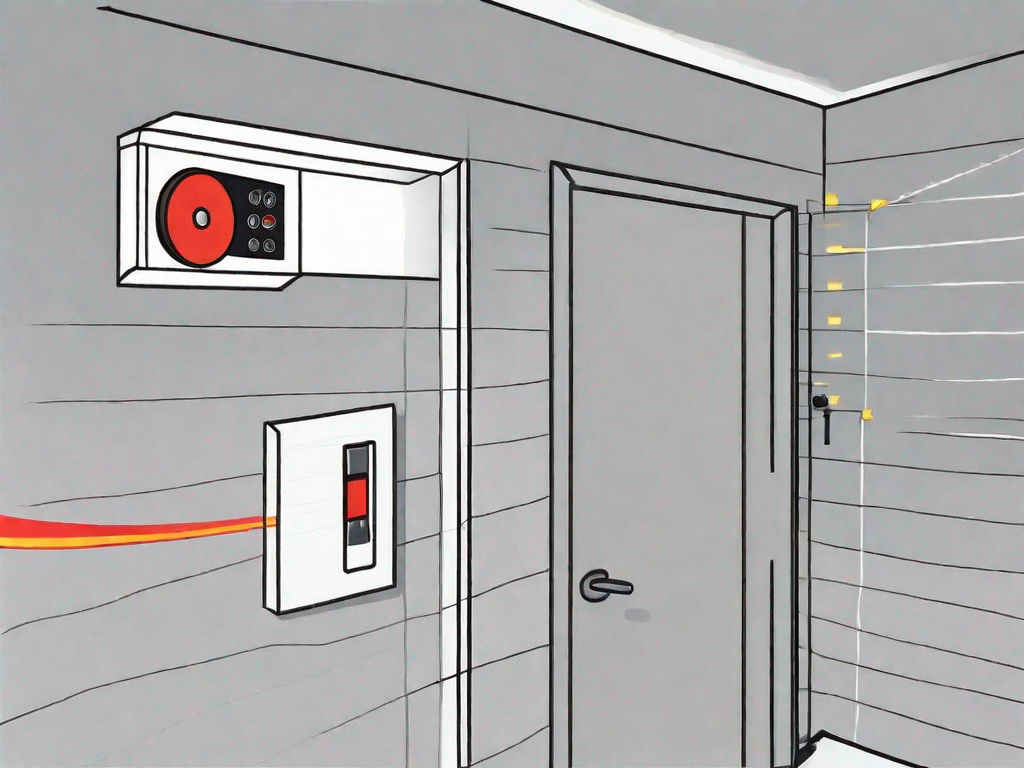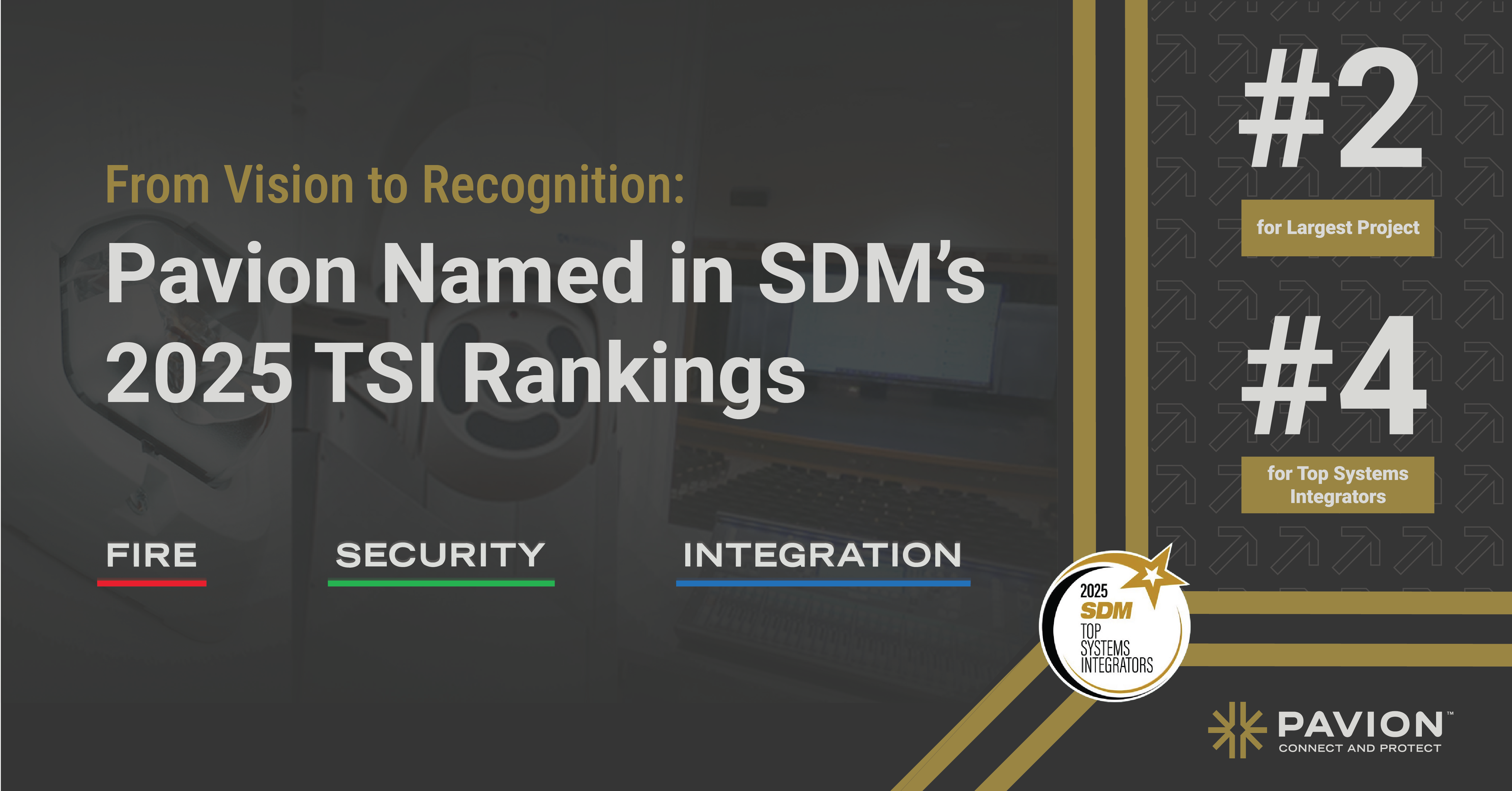
Fire Alarm Strobe Code Requirements
In ensuring the safety of occupants in buildings, fire alarm systems play a critical role. One of the key components of these systems is the fire alarm strobe, which provides a visual warning by emitting bright, flashing lights. To ensure the proper functioning and effectiveness of these strobes, there are specific code requirements that must be adhered to. This article will explore the various aspects of fire alarm strobe code requirements, including their importance, national standards, state-specific requirements, and their significance in different building types.
Understanding Fire Alarm Strobe Code Requirements
Fire alarm strobe code requirements are regulations that dictate the design, installation, and maintenance of fire alarm strobes. These requirements are put in place to ensure that the strobes are visible and effective in alerting individuals of an emergency, especially for those who may have hearing impairments. Understanding these requirements is essential for those involved in the design, installation, or maintenance of fire alarm systems.
The Importance of Fire Alarm Strobe Codes
The significance of fire alarm strobe codes cannot be overstated. These codes exist to safeguard life and property by ensuring that individuals are promptly alerted to a fire or other emergencies that warrant evacuation. While audible alarms are effective for individuals with normal hearing abilities, the inclusion of visual cues through strobes is crucial for those who are hard of hearing or deaf. The combination of audible and visual signals enhances the overall safety of occupants, providing equal access to important emergency information for all.
Fire alarm strobe codes also play a vital role in ensuring compliance with accessibility standards. By requiring the installation of strobes that meet specific visibility requirements, these codes ensure that individuals with visual impairments are also able to receive emergency alerts. This inclusive approach to emergency notification systems is crucial in creating a safe and accessible environment for everyone.
Furthermore, fire alarm strobe codes help to standardize the design and installation of fire alarm systems. By providing clear guidelines on strobe placement, intensity and duration of flashing, synchronization, and power supply, these codes ensure that fire alarm systems are consistent in their effectiveness across different buildings and locations. This consistency allows emergency responders to quickly and accurately interpret the signals provided by the strobes, enabling them to respond to emergencies in a timely and efficient manner.
Key Elements of Fire Alarm Strobe Codes
Fire alarm strobe codes encompass several essential elements to ensure their effectiveness. These elements include strobe placement, intensity and duration of flashing, visibility requirements, synchronization, and power supply. Compliance with these requirements guarantees that the strobes are adequately positioned and configured to maximize their impact in notifying individuals of an emergency situation.
Strobe placement is a critical aspect of fire alarm strobe codes. The codes specify the minimum number of strobes required and their locations within a building to ensure that the visual signals are visible from all areas. Strobes are typically installed in areas where they can be easily seen, such as hallways, common areas, and rooms where individuals may be sleeping or have limited mobility.
The intensity and duration of flashing are also regulated by fire alarm strobe codes. These codes ensure that the strobes emit a bright and attention-grabbing light that can be easily distinguished from the surrounding environment. The duration of the flashing is carefully calibrated to provide sufficient time for individuals to notice and respond to the emergency alert.
Visibility requirements are another important aspect of fire alarm strobe codes. These requirements specify the minimum distance at which the strobes must be visible under various lighting conditions. This ensures that the strobes can be seen even in bright or dimly lit areas, maximizing their effectiveness in alerting individuals to an emergency.
Synchronization is a key consideration in fire alarm strobe codes. The codes require that the strobes within a building are synchronized to flash in unison. This synchronized flashing creates a consistent and easily recognizable visual signal, reducing confusion and ensuring that individuals can quickly identify the location of the emergency.
Finally, fire alarm strobe codes address the power supply for the strobes. These codes require that the strobes have a reliable power source, such as a dedicated circuit or backup battery, to ensure that they continue to operate during a power outage or other electrical failure. This ensures that the strobes remain functional and effective in alerting individuals to an emergency, even in challenging circumstances.
National Fire Alarm Strobe Code Standards
At the national level in the United States, the National Fire Protection Association (NFPA) is responsible for developing and maintaining the National Fire Alarm and Signaling Code, also known as NFPA 72. This code serves as a comprehensive guide for fire alarm systems, including the requirements for fire alarm strobes.
The NFPA 72 provides detailed guidelines and standards for the design, installation, testing, and maintenance of fire alarm systems. It covers various aspects of fire alarm strobes, ensuring their appropriate placement, flash patterns, intensity, and synchronization. These requirements are crucial to meet the national standards and ensure the reliability and effectiveness of fire alarm strobes.
When it comes to fire alarm strobes, compliance with NFPA 72 is of utmost importance. The code not only sets the standards for fire alarm strobes but also ensures that they are integrated seamlessly into the overall fire alarm system. This integration is essential for the timely and effective notification of occupants in the event of a fire or emergency.
NFPA 72: National Fire Alarm and Signaling Code
The NFPA 72 is a comprehensive code that covers all aspects of fire alarm systems, including fire alarm strobes. It provides detailed guidelines on the design, installation, testing, and maintenance of fire alarm strobes. These guidelines ensure that fire alarm strobes are strategically placed throughout a building to maximize their visibility and effectiveness.
The code also specifies the intensity of the strobe lights to ensure that they are bright enough to be seen from a distance. This is particularly important in large buildings or occupied spaces where visibility may be compromised. Additionally, the code addresses the synchronization of fire alarm strobes to ensure that they flash in unison, providing a consistent and easily recognizable visual signal.
ADA Standards for Fire Alarm Strobe
In addition to the national requirements set forth by NFPA 72, fire alarm strobe codes must also adhere to the standards outlined by the Americans with Disabilities Act (ADA). The ADA sets guidelines to promote accessibility and inclusivity for individuals with disabilities.
Specifically, the ADA includes requirements for fire alarm strobes to accommodate individuals with hearing impairments. These requirements ensure that the flashing lights are intense enough to be visible to individuals with varying degrees of visual acuity.
By incorporating ADA standards into fire alarm strobe codes, buildings can ensure that their fire alarm systems are accessible to all individuals, regardless of their hearing abilities. This inclusivity is a crucial aspect of promoting safety and providing equal life safety protection for everyone within a building.
Fire Alarm Strobe Code Requirements for Different Building Types
Different types of buildings have distinct fire alarm strobe code requirements to address their specific occupancy and functional characteristics. Understanding these requirements is crucial to ensure the safety and well-being of occupants.
Fire alarm strobe codes play a vital role in alerting individuals to potential fire hazards or emergencies. These codes outline the specific guidelines for the placement, intensity, and synchronization of strobe lights in different types of buildings.
Residential Building Fire Alarm Strobe Codes
In residential occupancies requiring fire alarm systems, codes typically require strobes to be strategically placed in common areas, hallways, and bedrooms to alert occupants in case of a fire or emergency. These codes prioritize the safety of residents, ensuring that they are promptly notified of any potential danger.
Fire codes also emphasize the importance of interconnected strobes. By interconnecting the strobe lights, the visual alarm is initiated throughout the entire building, ensuring that all occupants are alerted simultaneously. This interconnected system provides a comprehensive warning, allowing residents to take immediate action and evacuate the premises safely.
Furthermore, these codes specify the minimum intensity level of the strobe lights to ensure their visibility, even in well-lit areas. This requirement guarantees that the visual alarm is effective in all lighting conditions, providing a reliable means of alerting individuals to the presence of a fire.
Commercial Building Fire Alarm Strobe Codes
Commercial buildings, such as offices, retail spaces, factories, or healthcare facilities, have their own set of life safety requirements. These codes are designed to meet the unique needs of these establishments, considering factors such as the size of the building, the number of occupants, and the presence of specialized equipment or materials.
One key requirement in commercial occupancies is the installation of high-intensity strobes. These strobe lights are specifically designed to penetrate highly illuminated areas or larger spaces, ensuring that the visual alarm is visible even in bright or well-lit environments. This is particularly important in commercial settings where there may be bright lighting or signage that could potentially obstruct the visibility of the strobe lights.
Moreover, commercial fire alarm strobe codes often emphasize the need for widespread visual coverage. This means that strobes should be strategically placed throughout the building to ensure that occupants in all areas can easily see the visual alarm. By providing comprehensive coverage, these strobe lights maximize the chances of individuals being alerted to a fire or emergency, allowing them to evacuate quickly and safely.
By adhering to the specific fire alarm strobe code requirements for different building types, property owners and facility managers can ensure that their buildings are equipped with effective visual alarm systems. These systems play a critical role in alerting individuals to potential life safety events, allowing for timely evacuation and minimizing the risk of injuries or fatalities.
The Role of Fire Alarm Strobe in Life Safety and Emergency Response
Fire alarm strobes serve a crucial function in life safety and emergency response systems. Their visual warning capabilities contribute to prompt evacuations and enhance overall emergency preparedness. Let’s explore the specific roles they play.
Fire Alarm Strobe as a Visual Warning System
The primary role of a fire alarm strobe is to serve as a visual warning system. When activated, the strobe’s bright, flashing lights attract immediate attention, even in environments with high ambient noise levels or poor visibility. By providing a visual cue in addition to audible alarms, fire alarm strobes enable swift and efficient evacuation, improving emergency response and reducing the potential for injuries or fatalities.
Fire Alarm Strobe and Evacuation Procedures
During an emergency, evacuation procedures are crucial for ensuring the safety of occupants. Fire alarm strobes play a vital role in these procedures by quickly and effectively alerting individuals to the need for evacuation. Their visibility allows for easier identification of the emergency situation, aiding individuals in initiating the appropriate response.
Ensuring Compliance with Fire Alarm Strobe Code Requirements
Compliance with fire alarm strobe code requirements is essential to guarantee the proper functioning of fire alarm systems and the safety of building occupants. Here are two key areas to focus on to achieve compliance.
Regular Inspection and Maintenance
Regular inspection and maintenance of fire alarm strobes are crucial to ensure their continued functionality and compliance with code requirements. It is essential to schedule routine inspections, testing, and maintenance by qualified professionals to detect any issues or malfunctions promptly. By addressing these issues in a timely manner, building owners can ensure compliance with fire alarm codes and ensure the compliance of their fire alarm systems.
Professional Installation and Code Compliance
Professional installation of fire alarm strobes is vital for adherence to code requirements. Qualified fire alarm system installers can properly position and configure the strobes, ensuring they meet the specifications outlined by national codes and local Authorities Having Jurisdiction. Working with certified professionals will help ensure code compliance, reduce the risk of false alarms, and provide building occupants with the maximum level of safety and protection.
By understanding and adhering to fire alarm system code requirements, building owners, architects, engineers, and fire safety professionals can enhance the safety and emergency response capabilities of buildings while facilitating equal protection for all individuals, regardless of their hearing abilities.


